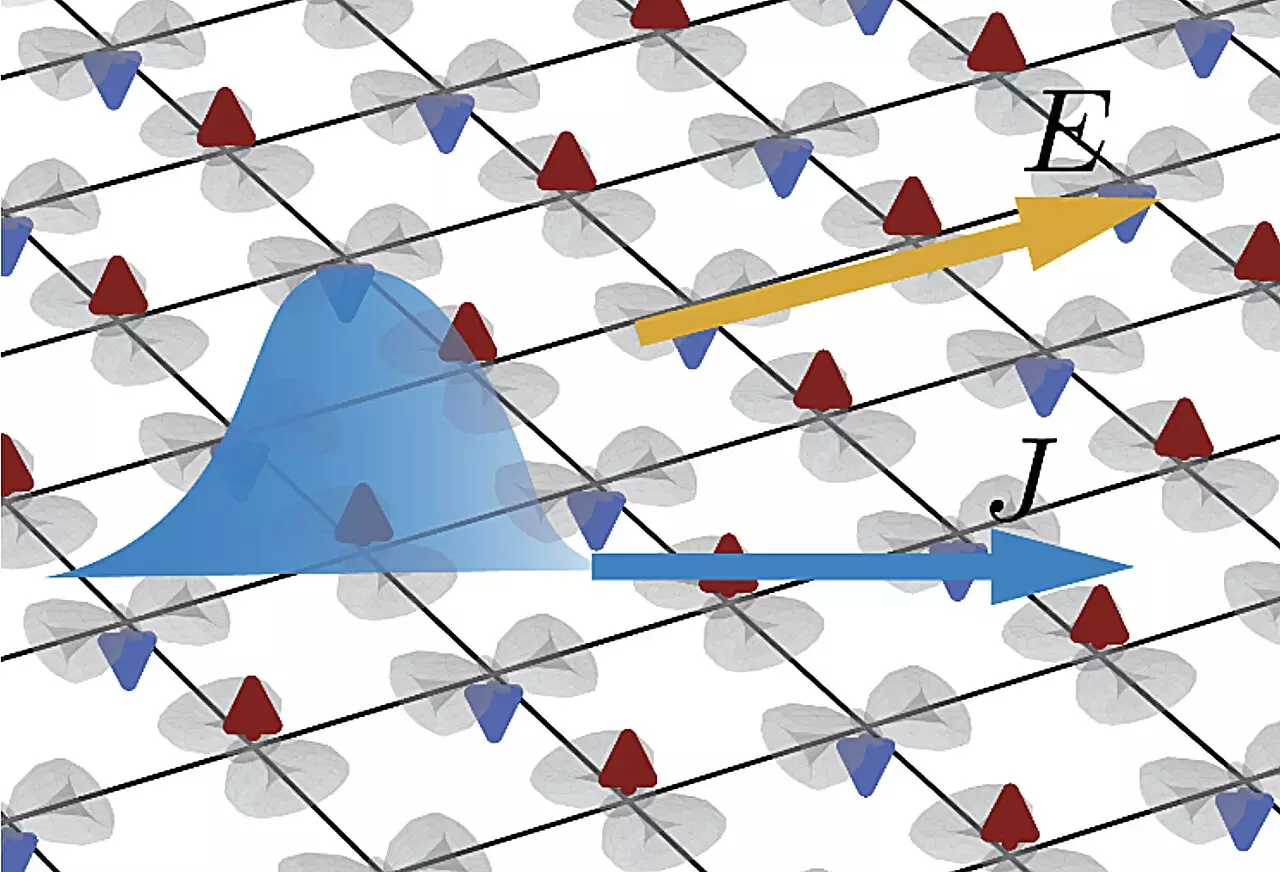The field of condensed matter physics is constantly evolving, revealing new materials that challenge our understanding of magnetism and electronics. Among these discoveries is a novel category of magnetic materials known as altermagnets. Characterized by a peculiar form of magnetism, altermagnets introduce a level of complexity absent in conventional magnetic materials like ferromagnets and antiferromagnets. Unlike their conventional counterparts, the unique behavior of altermagnets arises from the relationship between electron spin and momentum, presenting exciting implications for future technological applications, particularly in spintronics and electronic devices.
Significance of Non-Linear Responses
A recent investigation into the nonlinear responses of planar altermagnets has provided fascinating insights into this emergent class of materials. Researchers at Stony Brook University have focused on the quantum geometric aspects of altermagnets, revealing non-linear responses arising from their unique geometric properties. This study, published in the esteemed Physical Review Letters, emerges from a framework that draws on concepts such as Berry curvature and quantum metrics, both pivotal in understanding the electronic behaviors within these materials.
Quantum geometry plays a critical role in dictating the properties of various magnetic materials. In conventional antiferromagnets, the combination of parity (P) and time-reversal (T) symmetries results in specific behaviors associated with electron spins. However, altermagnets diverge from this symmetry, complicating the understanding of their quantum properties and nonlinear responses. Sayed Ali Akbar Ghorashi, a lead researcher on this project, emphasized that this investigation aimed to elucidate the contributions of different factors influencing the nonlinear behavior of altermagnets.
The research team employed advanced techniques rooted in semiclassical Boltzmann theory to perform a meticulous analysis of the nonlinear responses of altermagnets. By breaking down the contributions to these responses, they aimed to isolate and identify the effects arising from both the Berry curvature and the quantum metric. This methodical approach allowed researchers to investigate the nonlinear responses order by order, unveiling the nuanced interplay of quantum interactions that characterize these materials.
The results of their analysis were striking; unlike ordinary magnetic materials, altermagnets exhibit a dominant third-order response to electric fields, showcasing the pivotal role played by quantum geometry in determining their magnetic properties. This finding marks a critical distinction and has potential implications for the understanding and application of altermagnets in real-world technologies.
Through their rigorous examinations, the researchers uncovered unexpected non-linear responses in planar altermagnets. One remarkable discovery consists of the altermagnets’ vanishing second-order response due to their inherent inversion symmetry, positioning them as the unprecedented materials in which the third-order response is the leading nonlinear effect. With substantial spin-splitting observed in these materials and a weak spin-orbit coupling, the altermagnets present a novel avenue for transport phenomena that were previously relegated to more traditional magnetic structures.
The implications of these findings extend beyond theoretical significance; they present a pathway for researchers to investigate the unique transport properties inherent to altermagnets. Understanding these characteristics may provide avenues for developing advanced spintronic devices that leverage their unique quantum geometry.
While much has been discovered about the nonlinear behaviors of altermagnets, significant questions remain unresolved. Ghorashi and his colleagues express a desire to explore further by venturing beyond traditional approximation methods, specifically examining the impact of disorder within altermagnets. Previous studies on PT-symmetric antiferromagnets hint at a rich landscape of physics shaped by disorder, suggesting that similar complexities may be at play in altermagnets.
As the exploration of altermagnets continues, this research is poised to inspire future studies aimed at expanding our understanding of quantum materials, potentially leading to the discovery of even more exotic phases of matter and innovative technological applications.
The study of altermagnets represents a significant advancement in materials science and condensed matter physics. With their unique magnetic properties and nonlinear responses influenced by quantum geometry, altermagnets hold great promise for transformative applications in electronics and spintronics. As researchers forge ahead in elucidating these properties, the journey into the world of altermagnets may yield outcomes that fundamentally alter our approach to material design and utilization in technology.

